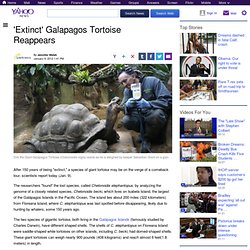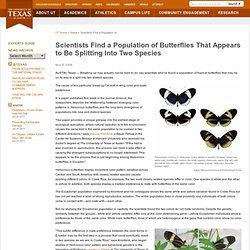

Project Neuron. This lesson provides an engaging central activity that will be complemented by discussions and activities about the use of guppies as a model for color preference, creation and interpretation of graphs to represent data, and continued discussion about human color perception.

Using a penny-pecking experiment, students increase their understanding of fish color preference and of data collection, analysis, and presentation. Discussions of data collection and interpretation are fundamental to this lesson. Students come to a consensus about the experimental design before working in groups to run the experiment. Students decide how to interpret compiled class data during a whole-class discussion focused on making meaning from all of the experiments. The experiment and discussions about the data builds on the color-sorting task in Lesson 1 and prepares students for discussions about the interactions between color and the environment in Lesson 5. Rapid virus evolution witnessed in lab. University of Minnesota biologists replicate key evolutionary step. More than 500 million years ago, single-celled organisms on the Earth's surface began forming multicellular clusters that ultimately became plants and animals.

Just how that happened is a question that has eluded evolutionary biologists. But scientists in the University of Minnesota's College of Biological Sciences have replicated that key step in the laboratory using natural selection and common brewer's yeast, which are single-celled organisms. The yeast "evolved" into multicellular clusters that work together cooperatively, reproduce and adapt to their environment – in essence, precursors to life on Earth as it is today.
Their achievement is published in the January 16 issue of Proceedings of the National Academy of Sciences. So they decided to give it a try. "I don't think anyone had ever tried it before," says lead author Ratcliff. Despite their modesty, the achievement has earned praise and admiration from evolutionary biologists around the world.
Galapagos Researchers Find 'extinct' Tortoises Are Still Alive. 'Extinct' Galapagos Tortoise Reappears. After 150 years of being "extinct," a species of giant tortoise may be on the verge of a comeback tour, scientists report today (Jan. 9).

The researchers "found" the lost species, called Chelonoidis elephantopus, by analyzing the genome of a closely related species, Chelonoidis becki, which lives on Isabela Island, the largest of the Galápagos Islands in the Pacific Ocean. The island lies about 200 miles (322 kilometers) from Floreana Island, where C. elephantopus was last spotted before disappearing, likely due to hunting by whalers, some 150 years ago. The two species of gigantic tortoise, both living in the Galápagos Islands (famously studied by Charles Darwin), have different shaped shells. The shells of C. elephantopus on Floreana Island were saddle-shaped while tortoises on other islands, including C. becki, had domed-shaped shells. These giant tortoises can weigh nearly 900 pounds (408 kilograms) and reach almost 6 feet(1.8 meters) in length.
Finding hybrids Planning a comeback tour. Richard Dawkins quotes. Scientists Find a Population of Butterflies That Appears to Be Splitting Into Two Species. Nov. 5, 2009 AUSTIN, Texas — Breaking up may actually not be hard to do, say scientists who've found a population of tropical butterflies that may be on its way to a split into two distinct species.

Polymorphic mimicry in Heliconius cydno alithea in western Ecuador, where the white form (middle left) mimics the white species Heliconius sapho (top left) and the yellow form (middle right) mimics the yellow species Heliconius eleuchia (bottom right). Image: Marcus Kronforst and Krushnamegh Kunte The cause of this particular break-up? A shift in wing color and mate preference. In a paper published this week in the journal Science, the researchers describe the relationship between diverging color patterns in Heliconius butterflies and the long-term divergence of populations into new and distinct species. Heliconius butterflies display incredible color pattern variation across Central and South America, with closely related species usually sporting different colors.
Shell Crusher Shark Swam Cretaceous Kansas : Discovery News. Flat-earthers.